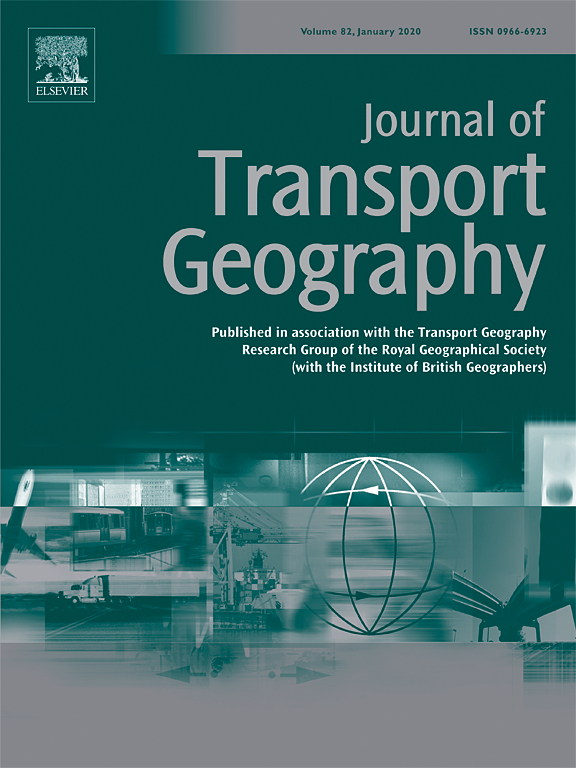Evaluating the impact of public transport travel time inaccuracy and variability on socio-spatial inequalities in accessibility

Abstract
"Urban accessibility by public transport has been attracting increasing attention from researchers and transport agencies in recent years. Many of the studies rely on public transport scheduled timetables from GTFS data to calculate accessibility indicators, overlooking the ways in which inaccuracies in scheduled levels of service, as well as day-to-day travel time variability, might impact different socioeconomic groups. This might generate unrealistic or biased results when analyzing accessibility socio-spatial inequalities and assessing transport projects. In this study, we consolidate a method to correct timetables of GTFS feeds based on historical GPS data, and use the city of Fortaleza, Brazil, to show how accessibility to work opportunities based on these two accounts can influence the results of accessibility analyses due to two issues:data inaccuracy and day-to-day travel time variabilities. We use 1-month archived GPS data to create new GTFS timetables that represent both a median level of service and a variability-state level of service; then we use these estimated GTFS to examine the impact of travel time inaccuracy and day-to-day variability on accessibility levels. Results show that, due to the problem of data inaccuracy, the scheduled GTFS underestimates accessibility by 1.5% on average, but in some areas accessibility estimates can be over or underestimated by more than 40%, with significant impact in low income regions. We also find that the variability of travel times have a significant impact of 50% on average on accessibility estimates. This impact is unequally distributed both spatially and across income groups, raising accessibility inequality by 30%. The underlying causes of these impacts are related to several factors, including the GTFS feed's quality, the high concentration of jobs in the city center, and higher travel time variability in the corridors that connect lower-income areas to the city center. These results highlight the importance of considering both inaccuracy and day-to-day variability issues in public transport travel times when estimating accessibility levels and evaluating transport projects, particularly from an equity perspective."